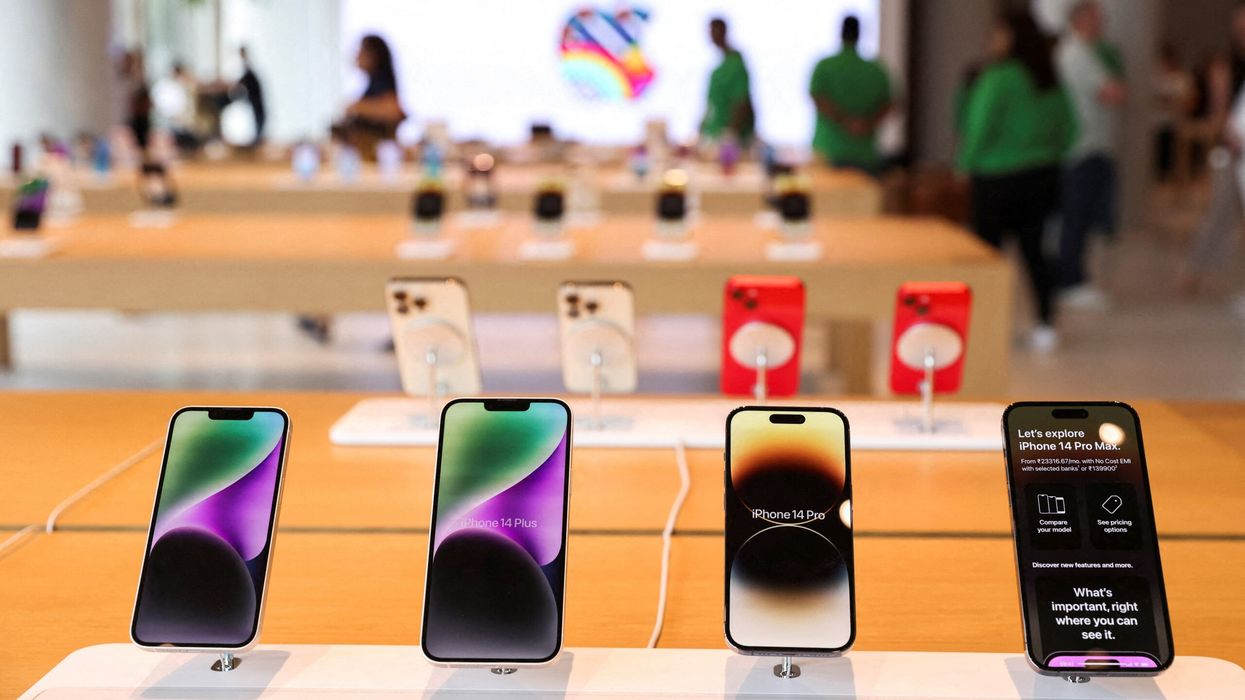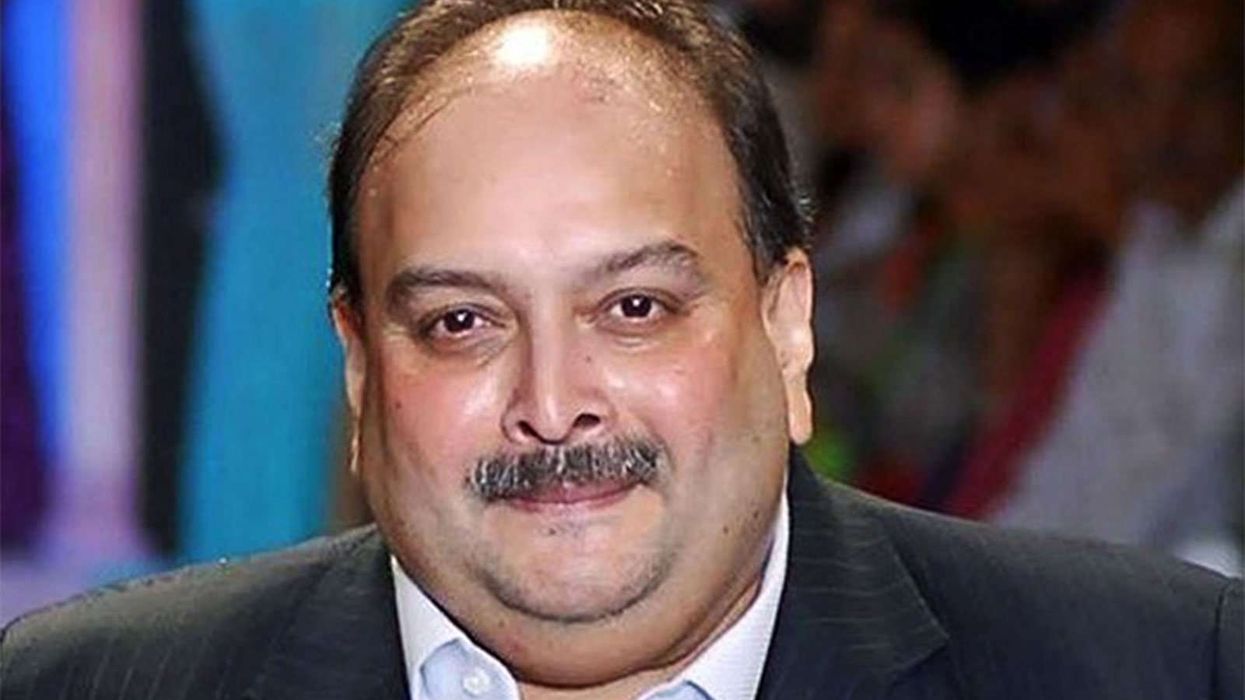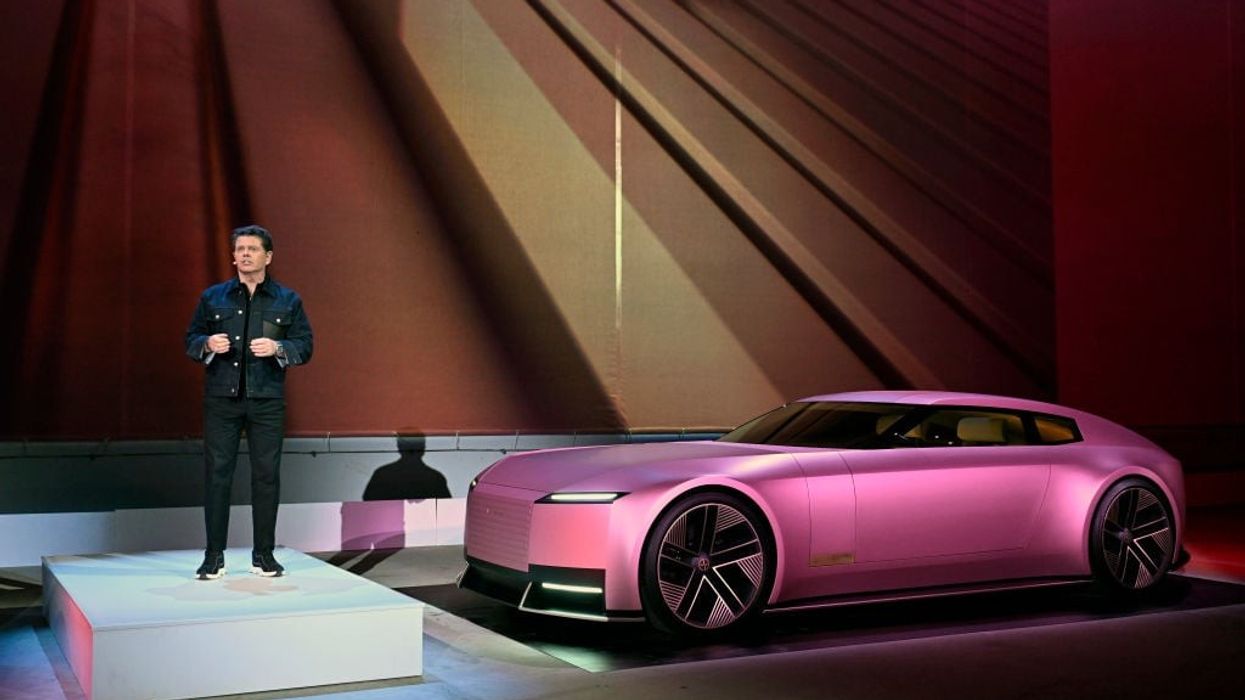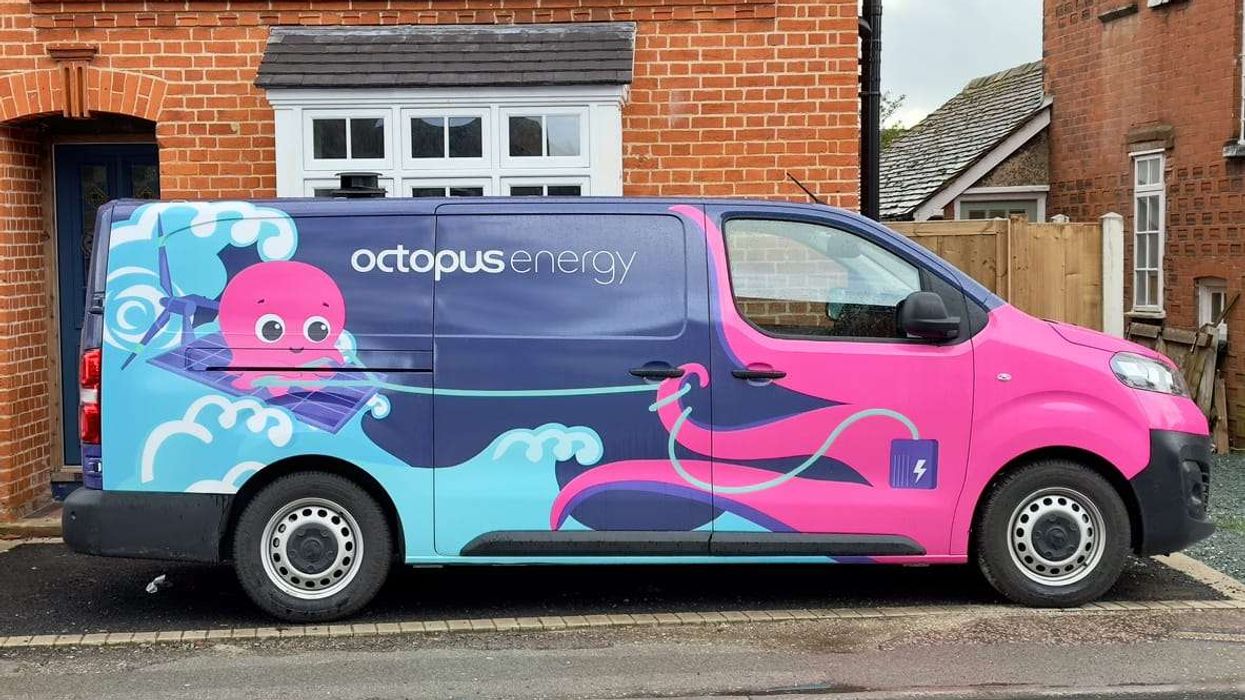NEARLY all iPhones exported by Foxconn from India between March and May were shipped to the United States, according to customs data reviewed by Reuters.
The data showed that 97 per cent of Foxconn’s iPhone exports during this period went to the US, significantly higher than the 2024 average of 50.3 per cent.
This marks a shift in Apple’s export strategy from India, which earlier supplied iPhones to several destinations including the Netherlands, the Czech Republic and Britain. Now, India-made devices are being directed almost exclusively to the US market.
Between March and May, Foxconn exported iPhones worth 3.2 billion US dollars (around 2.35 billion pounds) from India, with most shipments heading to the United States. In May 2025 alone, shipments were valued at nearly 1 billion dollars (around 735 million pounds), the second-highest monthly figure after the record 1.3 billion dollars (around 955 million pounds) in March.
Apple declined to comment, and Foxconn did not respond to a Reuters request for a statement.
Tariff pressure
US president Donald Trump on Wednesday said China would face 55 per cent tariffs under a plan agreed in principle by both countries, subject to final approval. India, like many US trading partners, faces a baseline 10 per cent tariff and is negotiating to avoid a 26 per cent “reciprocal” levy that Trump announced and then paused in April.
In May, Trump criticised Apple’s increased production in India. “We are not interested in you building in India, India can take care of themselves, they are doing very well, we want you to build here,” he said, recalling a conversation with Apple CEO Tim Cook.
In the first five months of 2025, Foxconn exported iPhones worth 4.4 billion dollars (around 3.23 billion pounds) to the US from India. This already exceeds the 3.7 billion dollars (around 2.72 billion pounds) shipped in the whole of 2024.
Export push
Apple has been accelerating its iPhone shipments from India to reduce dependence on China amid rising tariffs. In March, the company chartered aircraft to move iPhone 13, 14, 16 and 16e models worth roughly 2 billion dollars (around 1.47 billion pounds) to the US.
Apple has also urged Indian airport authorities to reduce customs clearance time at Chennai airport, a key hub for iPhone exports in Tamil Nadu, from 30 hours to six hours, Reuters has reported.
“We expect made-in-India iPhones to account for 25 per cent to 30 per cent of global iPhone shipments in 2025, as compared to 18 per cent in 2024,” said Prachir Singh, senior analyst at Counterpoint Research.
Tata’s role
Tata Electronics, another Apple iPhone supplier in India, shipped nearly 86 per cent of its iPhones to the US during March and April, the customs data showed. Data for May was not available.
The Tata Group company began exporting iPhones in July 2024. During 2024, 52 per cent of its shipments went to the US, according to the data. Tata declined to comment.
Indian prime minister Narendra Modi has promoted India as a smartphone manufacturing hub. However, high import duties on mobile phone components continue to make domestic production more expensive than in many other countries.
Apple has historically sold over 60 million iPhones annually in the US, with approximately 80 per cent made in China.
(With inputs from Reuters)






 Manavatty was selected for SNP's traditional fundraising auctionJohn Xavier
Manavatty was selected for SNP's traditional fundraising auctionJohn Xavier  Manavatty 71 is the flagship a tribute to traditionJohn Xavier
Manavatty 71 is the flagship a tribute to traditionJohn Xavier 





